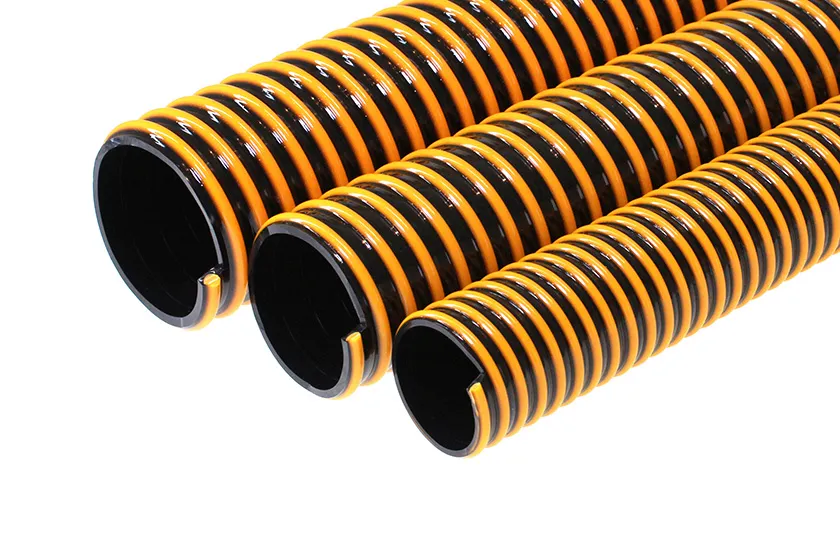lpg hose with regulator
Understanding LPG Hose with Regulator A Guide for Safe and Efficient Usage
Liquefied Petroleum Gas (LPG) systems are increasingly popular due to their efficiency and effectiveness in various applications, from home cooking to outdoor grilling. A crucial component of any LPG setup is the LPG hose with a regulator, which ensures the safe and reliable transfer of gas from the source to the appliance. Understanding the characteristics and functions of these components can help users maintain safety and efficiency in their LPG systems.
What Is an LPG Hose?
An LPG hose is specifically designed to transport liquefied petroleum gas from a storage tank, such as a gas cylinder, to an appliance like a stove, heater, or grill. These hoses are constructed from materials that can withstand the pressures and temperatures associated with LPG. They are typically made of flexible rubber or reinforced composite materials to ensure durability. It is essential to choose an LPG hose that meets safety standards, as improper hoses can lead to leaks or other hazardous situations.
Importance of the Regulator
The regulator is another vital component of an LPG system. Its primary function is to control the pressure of the gas coming from the cylinder before it reaches the appliance. LPG is stored under high pressure, and without a regulator, the gas would flow too quickly and could potentially damage the appliance or create a dangerous situation for the user. Regulators come in various types, including adjustable and fixed-pressure models, allowing for compatibility with different appliances and requirements.
Key Features and Specifications
When selecting an LPG hose with a regulator, users should pay attention to certain features and specifications
lpg hose with regulator

1. Pressure Rating Ensure that both the hose and regulator are rated for the specific pressure requirements of your LPG system. Most standard LPG systems operate at a pressure of around 37 mbar, but this can vary based on the appliance.
2. Length and Diameter Choose the appropriate length and diameter of the hose to suit your setup. A longer hose can provide flexibility in placement but may result in pressure loss if it is too long or narrow.
3. Connectors and Fittings Ensure that the hose comes with the correct connectors to fit your gas cylinder and appliance. This is crucial for maintaining a secure and leak-free connection.
4. Safety Features Look for hoses equipped with safety features such as burst-resistant constructions and integrated check valves to prevent backflow.
Installation and Maintenance
Proper installation and maintenance of the LPG hose with a regulator are key to ensuring safety. It is advisable to have a qualified technician perform the installation to guarantee that all connections are secure and that the system is functioning correctly. Regular inspections should be carried out to check for wear and tear on the hose and to ensure that the regulator is operating as intended.
Conclusion
An LPG hose with a regulator is essential for anyone utilizing liquefied petroleum gas in their home or outdoor appliances. By understanding the functionality, specifications, and safety considerations involved, users can ensure a safe and effective LPG experience. Always prioritize quality and safety standards when selecting these components to enjoy the benefits of LPG without compromising safety.
-
Unrivaled Performance and Applications of PU Pneumatic Hoses and TubesNewsJun.11,2025
-
The Transparent World of Industrial Tubing and Hosing SolutionsNewsJun.11,2025
-
The Intricate World of Pneumatic Conduits: Tubes and HosesNewsJun.11,2025
-
The Dynamic Landscape of Pneumatic Conduits: Unraveling Key ComponentsNewsJun.11,2025
-
The Diverse Applications and Significance of Transparent PVC TubingNewsJun.11,2025
-
High - Pressure Pneumatic Tubing and Systems: An In - Depth LookNewsJun.11,2025














